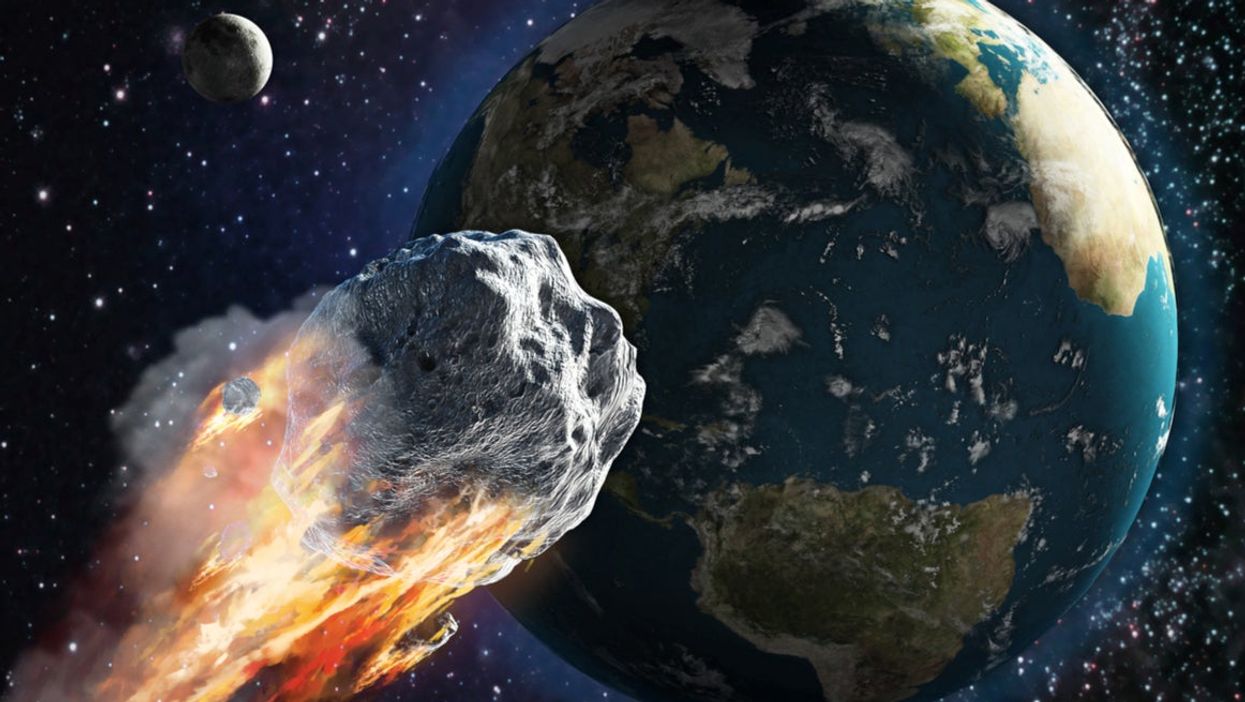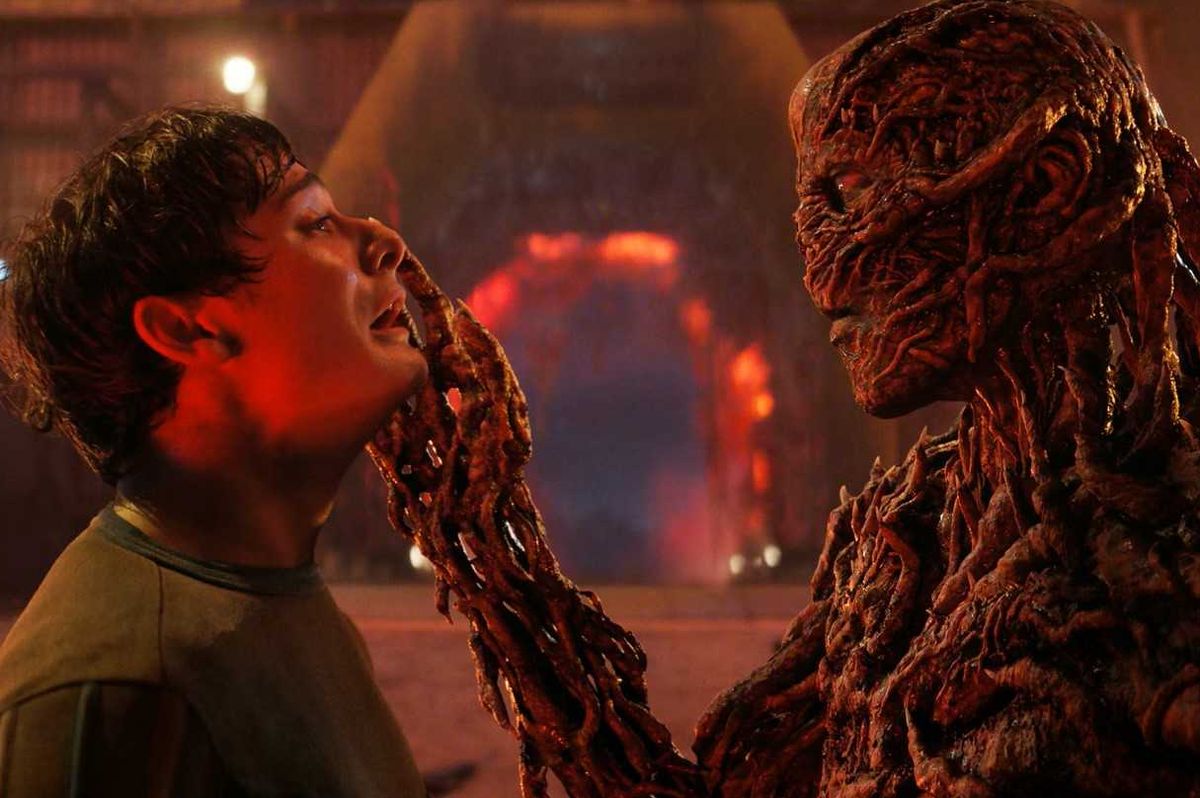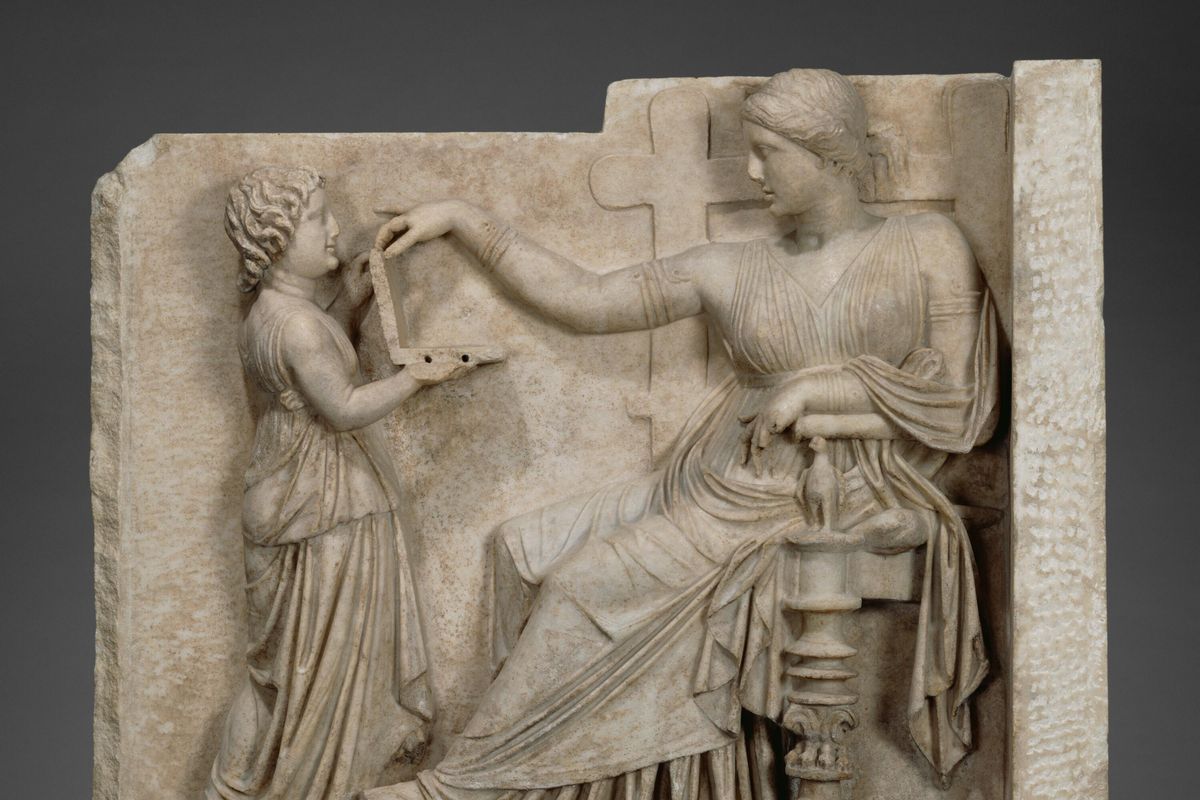
Good news everyone on planet Earth, for the next 100 years we don’t have to worry about a huge asteroid that has caused astrologers some worry for the past 15 years.
The week Nasa scientists gave the all-clear against the much-feared asteroid Apophis, which had been labelled by experts as a ‘poster child for hazardous asteroids.’
The huge space rock is 340-metres (1,100ft), first started to raise alarm back in 2004 after studies revealed that it was getting worryingly close to Earth orbit.
Scientists had worried that it could get frighteningly close to Earth in 2029 and 2036 but those were both ruled out. However, another collision, set for 2068 was still on the cards.
Thankfully, there is now nothing to worry about for at least the next 100 years as Apophis has been removed from Nasa’s asteroid ‘risk lost.’
Read more:
- Wendy’s chicken sandwich nightmare sparks fierce TikTok debate
- Priti Patel gets the meme treatment after Home Office spends £77,000 on eyebrows
- The key people moving to GB News and who else is rumoured to be joining them
- These maps and images show exactly what went wrong with Ever Given in the Suez
Davide Farnocchia of Nasa’s centre for near-Earth object studies is quoted as saying: “A 2068 impact is not in the realm of possibility any more, and our calculations don’t show any impact risk for at least the next 100 years.”
The Nasa experts were able to come to this conclusion earlier this month when Apophis orbited around the sun. It will next be closest to Earth on Friday 13th April 2029 (which sounds ominous) allowing scientists to get a better look at the rock.
Reports suggest the rock, on that date, would be closer to Earth than the many communication satellites that circle the planet.
Farnocchia added, “When I started working with asteroids after college, Apophis was the poster child for hazardous asteroids. There’s a certain sense of satisfaction to see it removed from the risk list.”
Apophis is part of a particularly dangerous group of asteroids known as the Aten family. While most asteroids in the solar system are found in the belts of Mars or Jupiter, Aten family asteroids orbit Earth placing them in direct obstruction of the sun, which can often make them hard to see due to the intense glare from the star.
More: I’m an OB/GYN doctor in New York— this is what I’ve learned about empowering women












